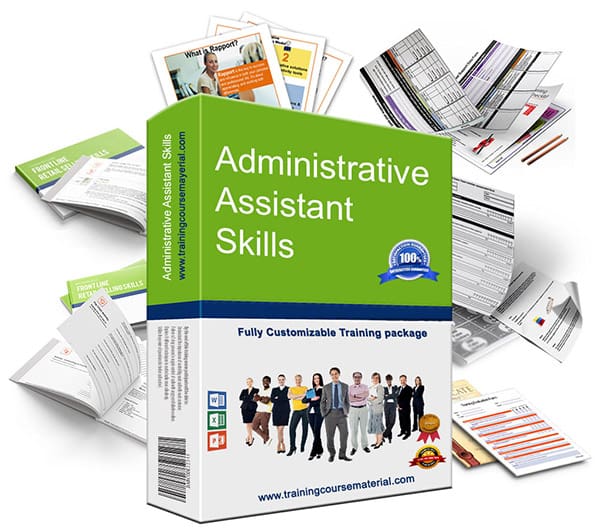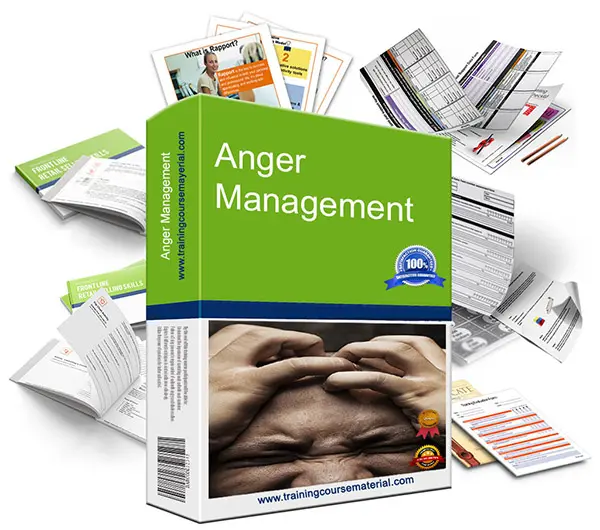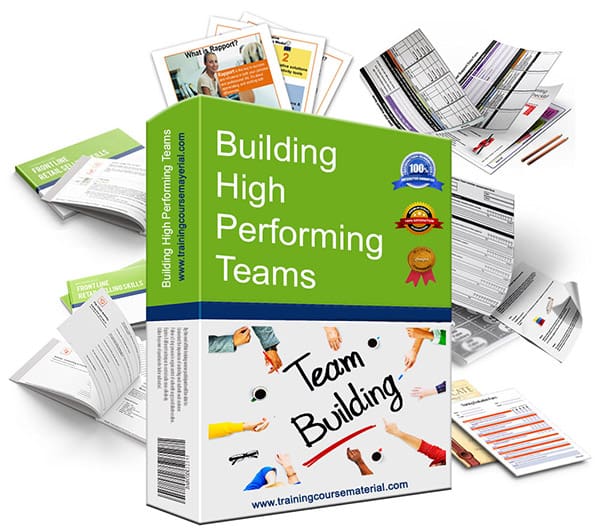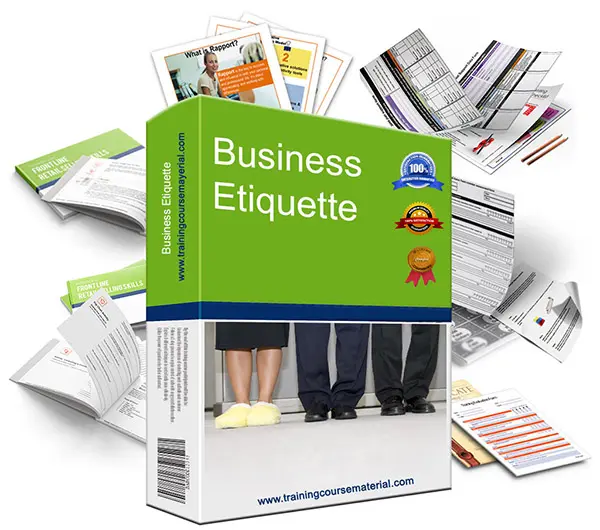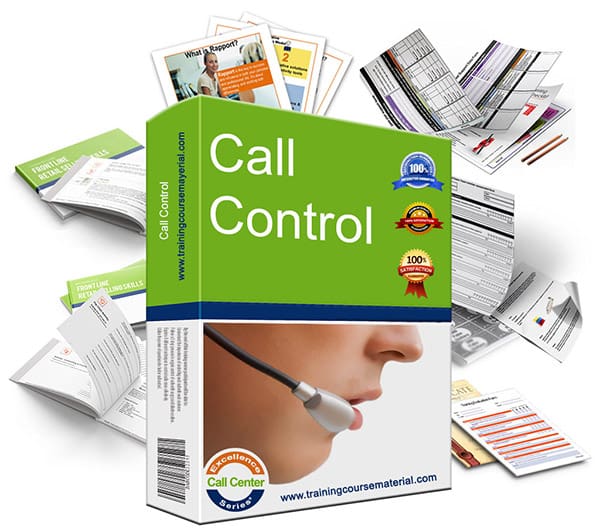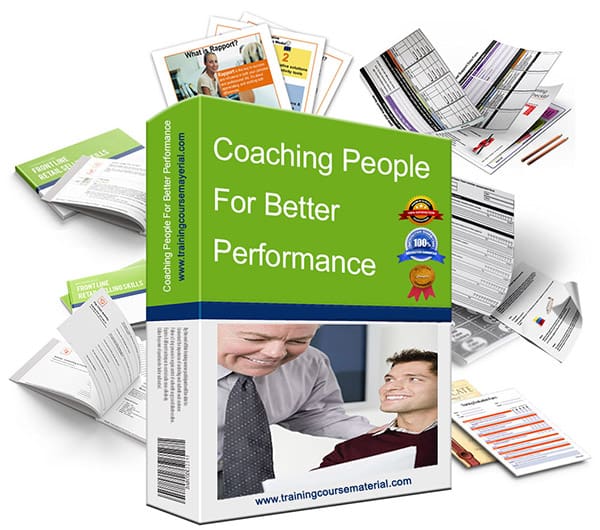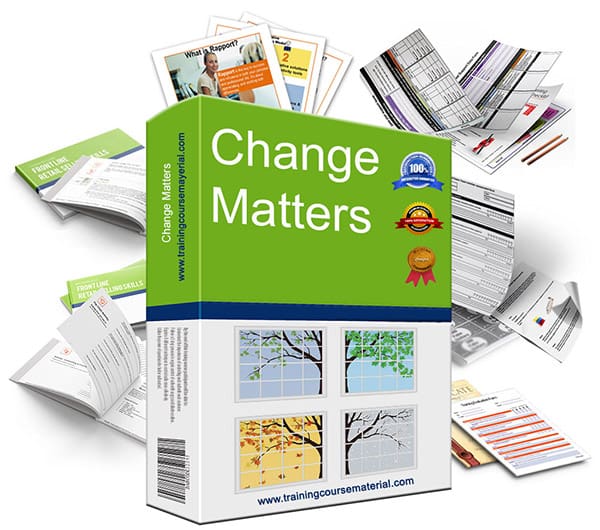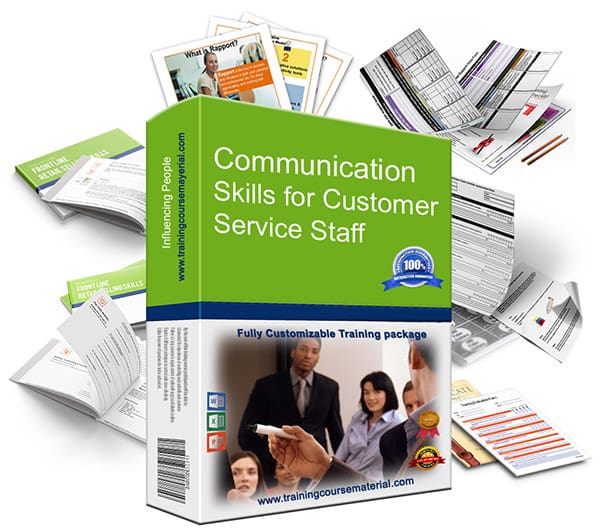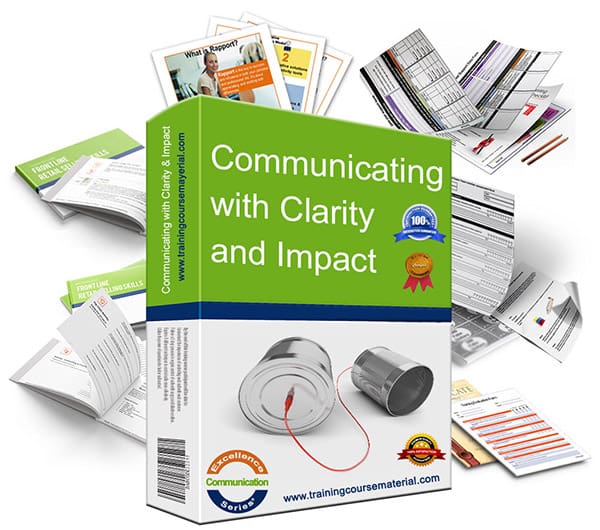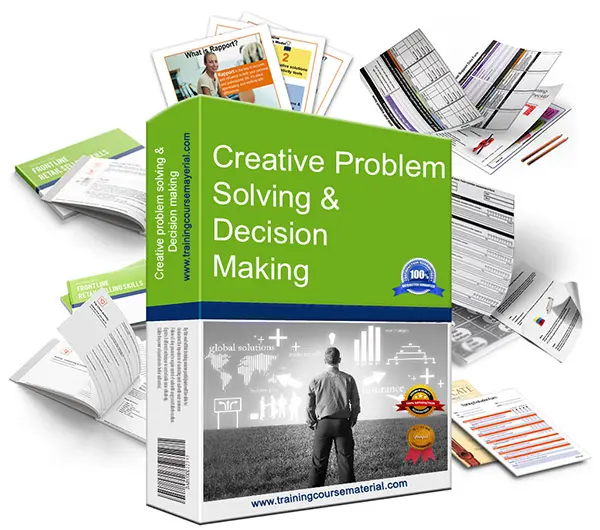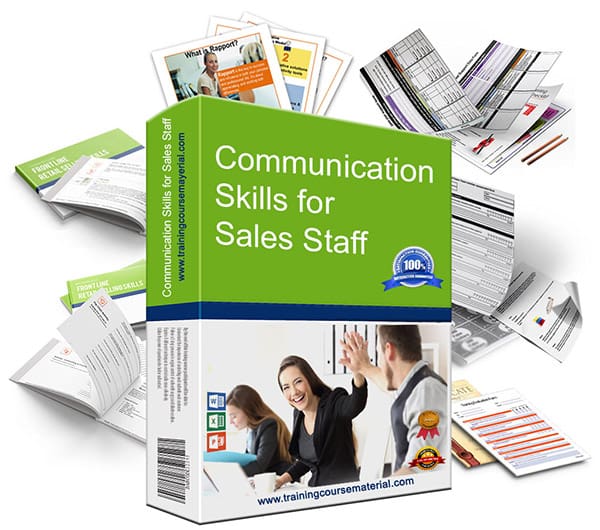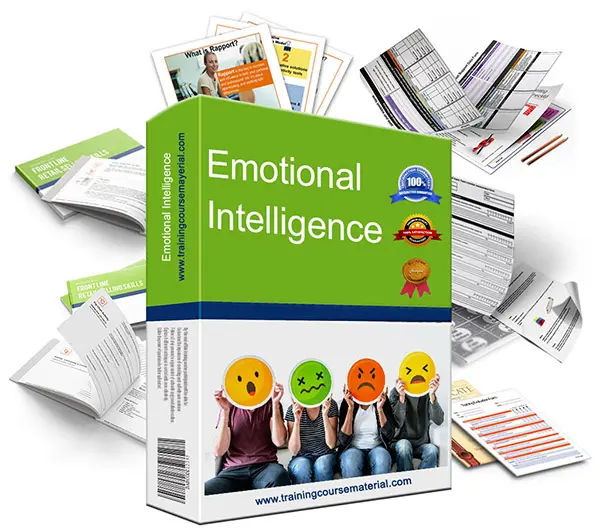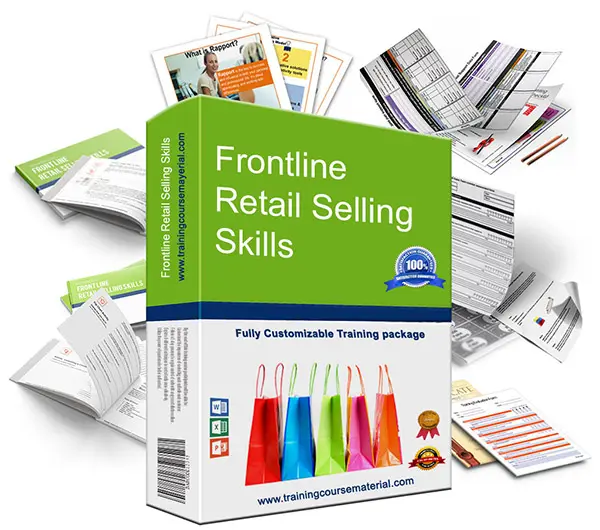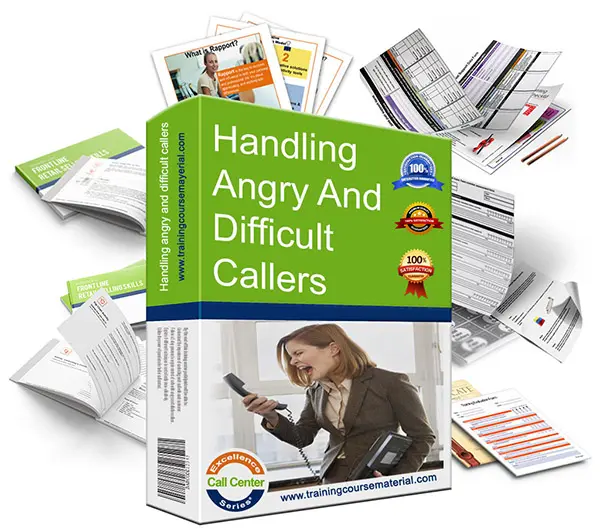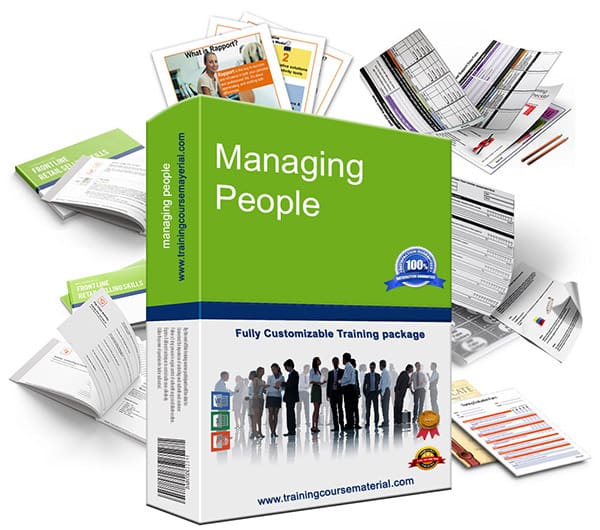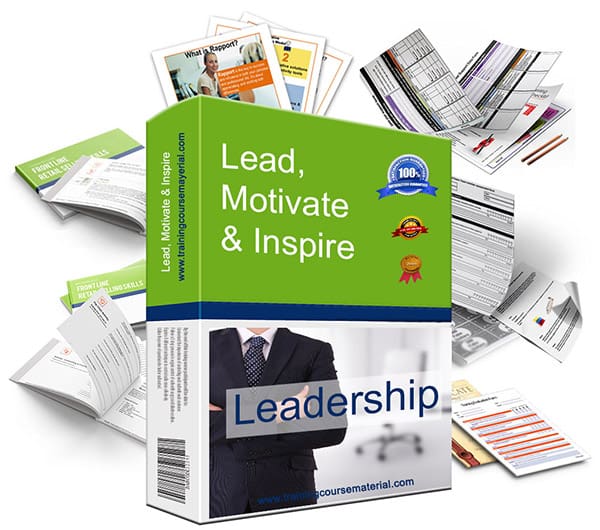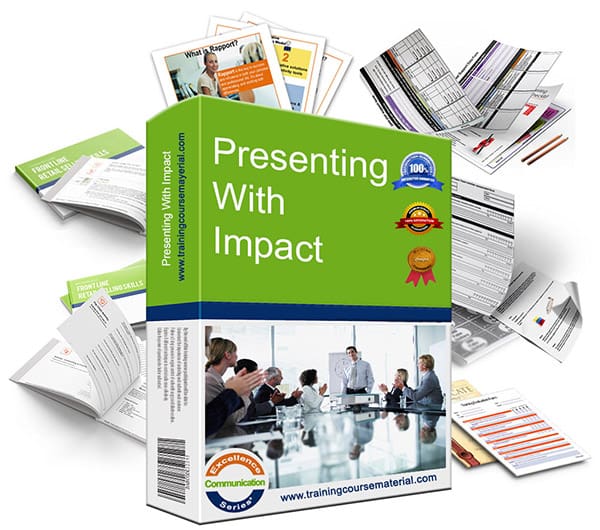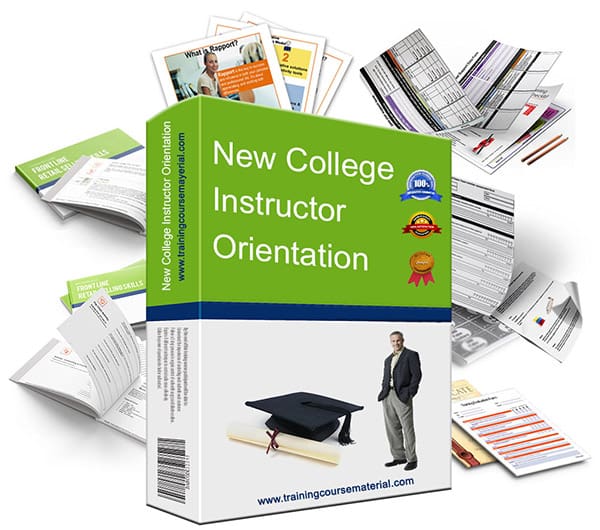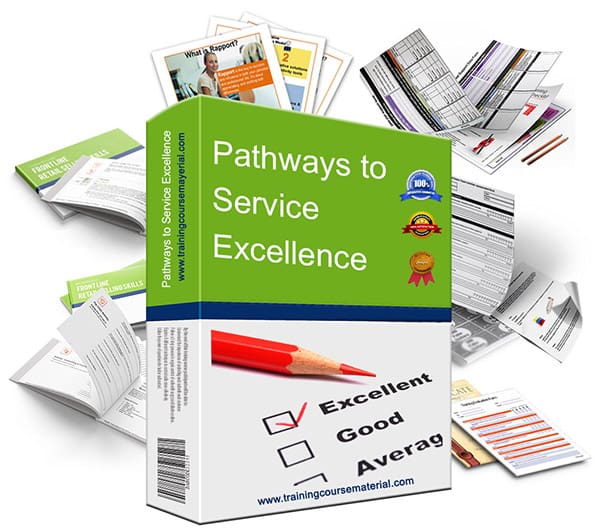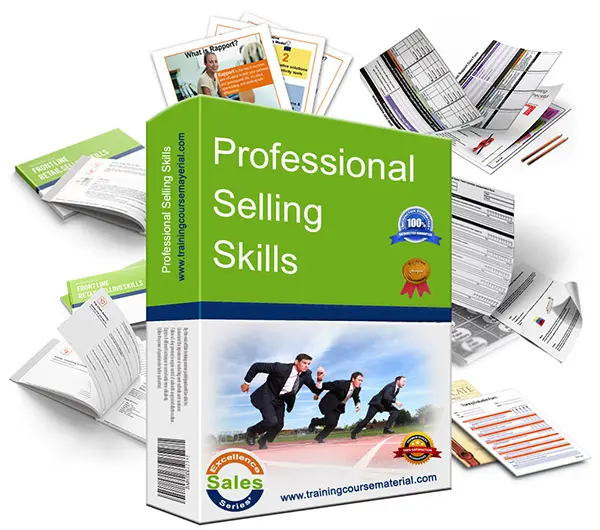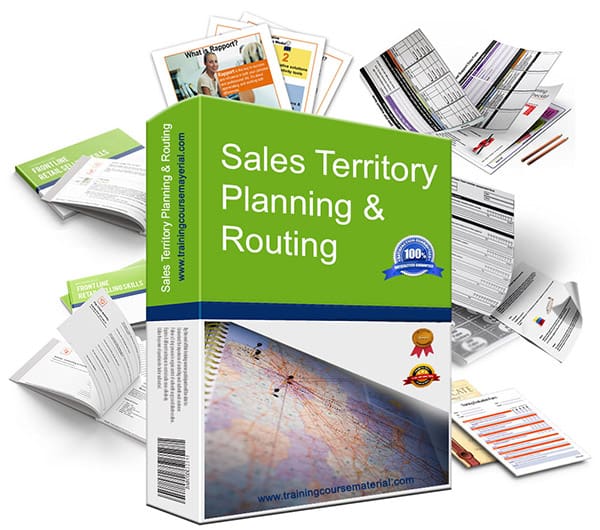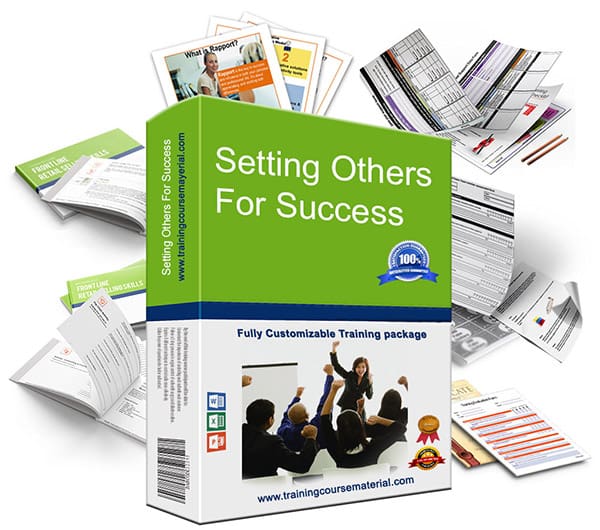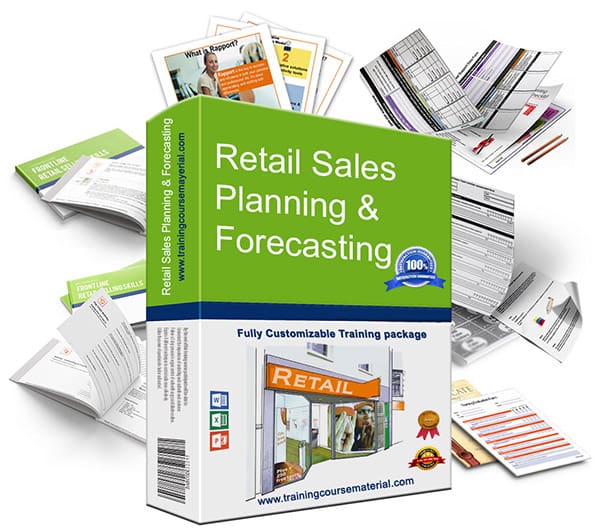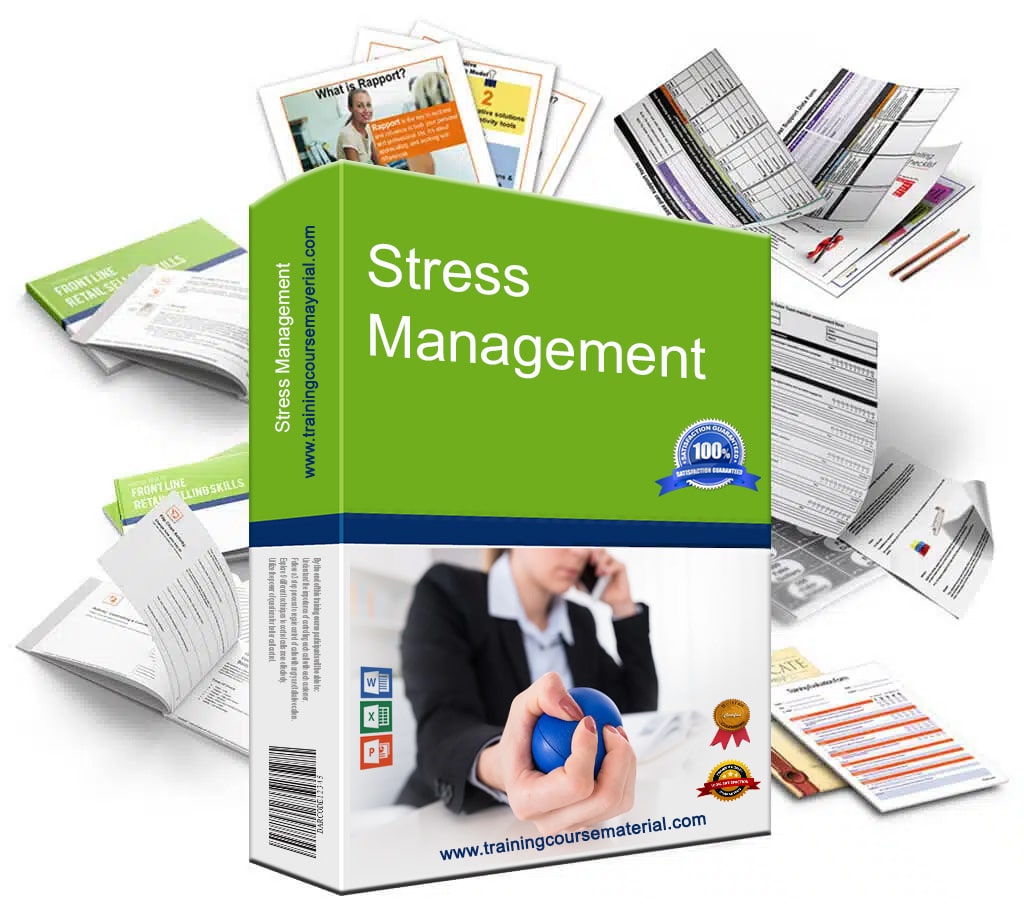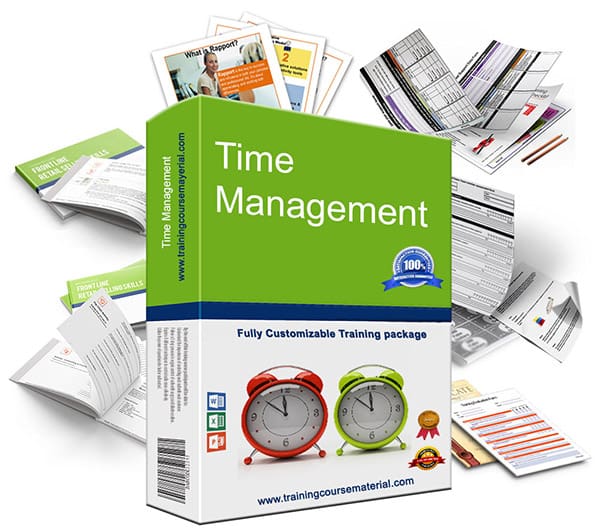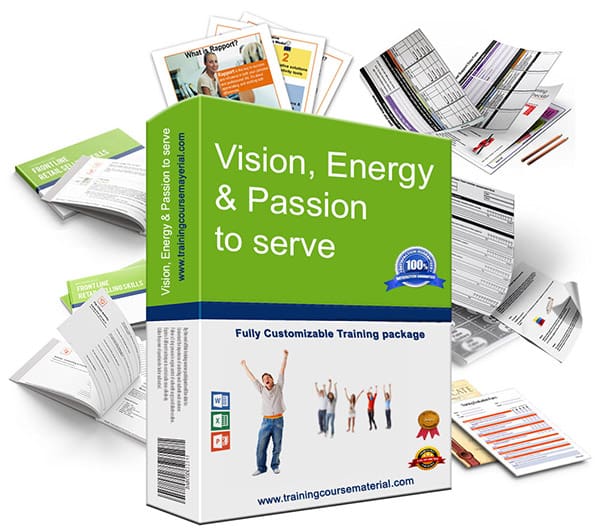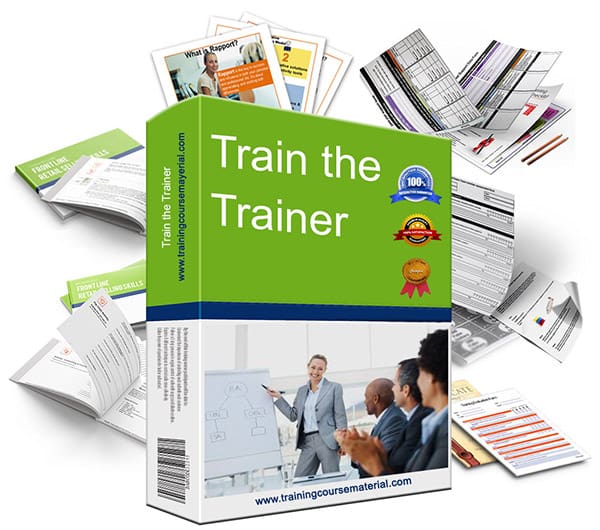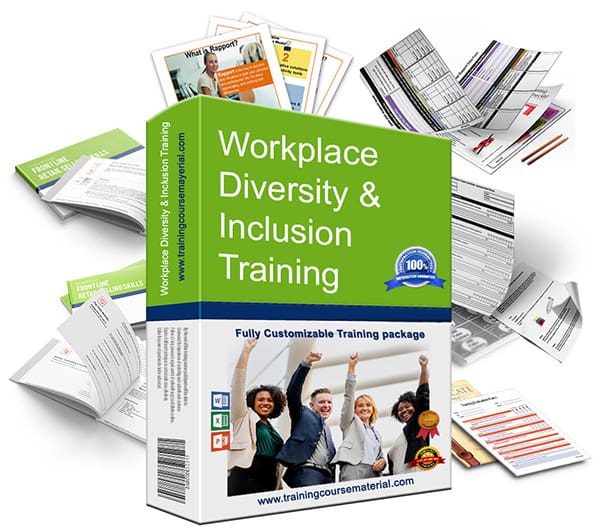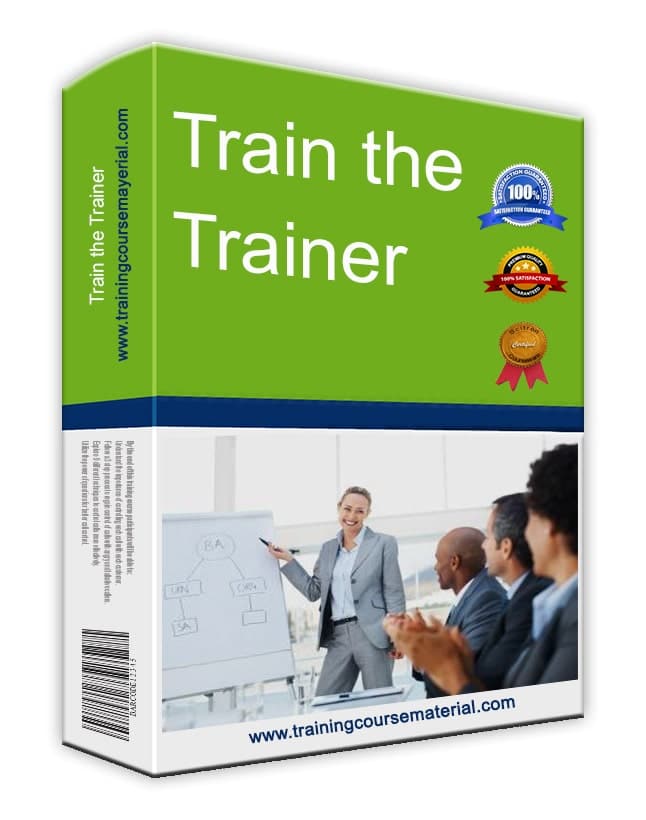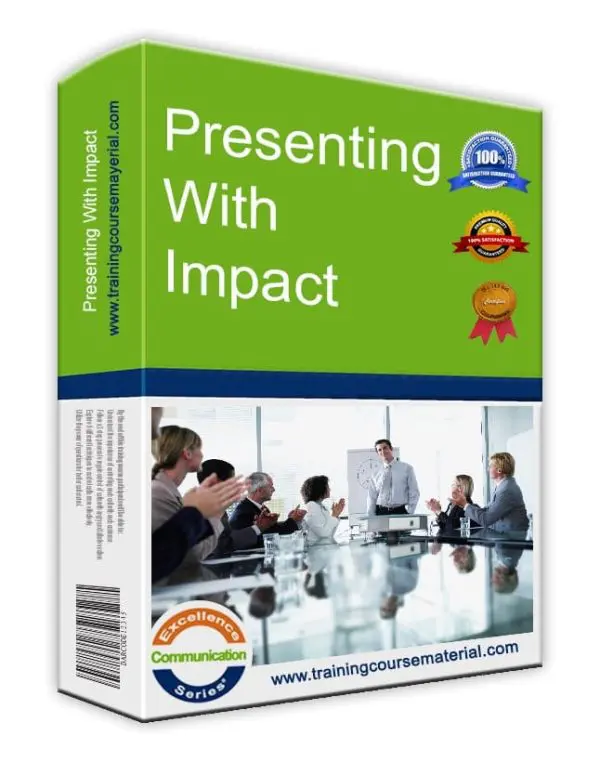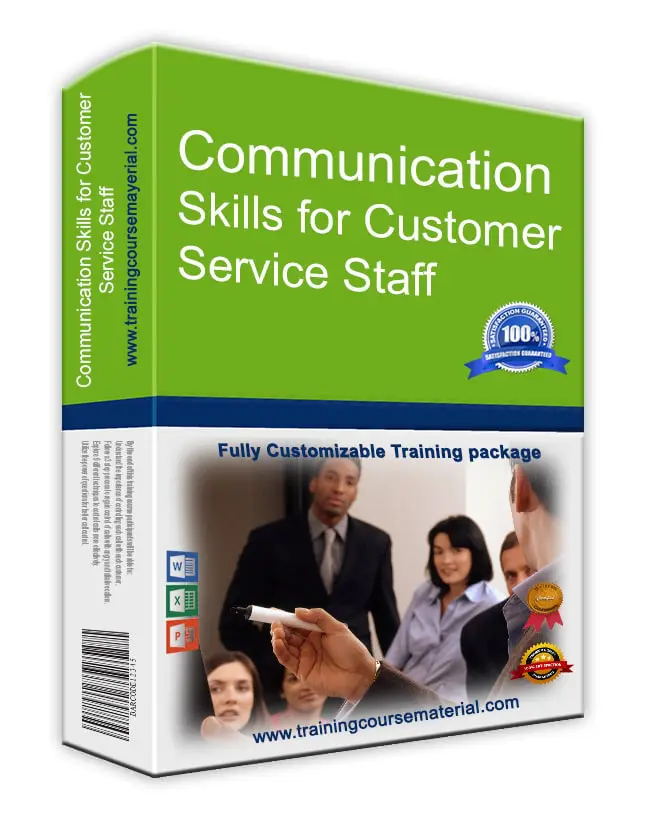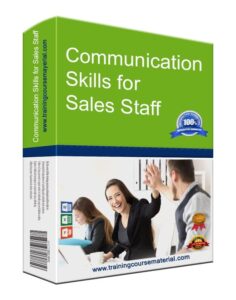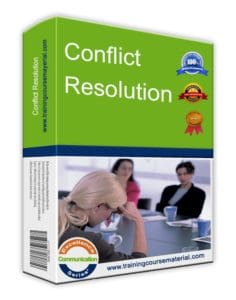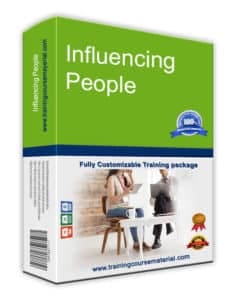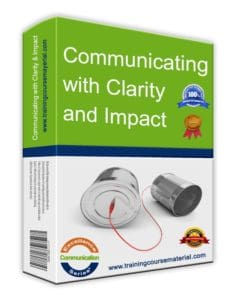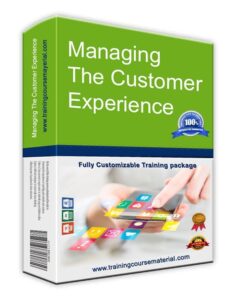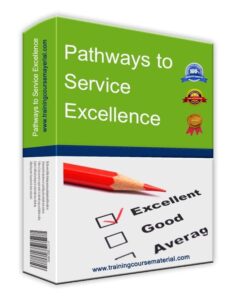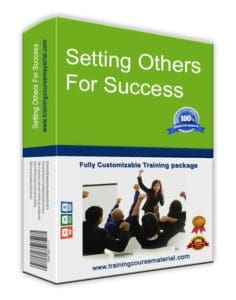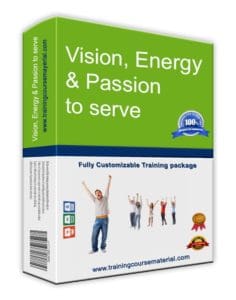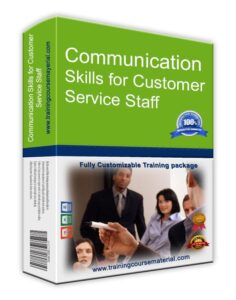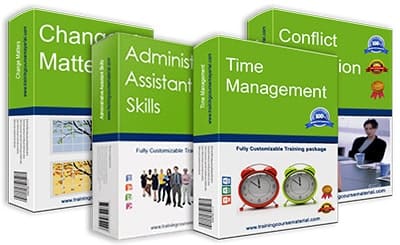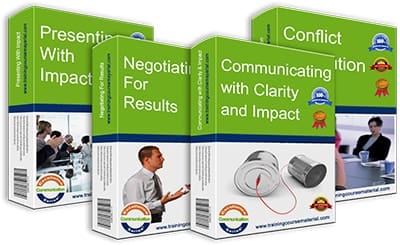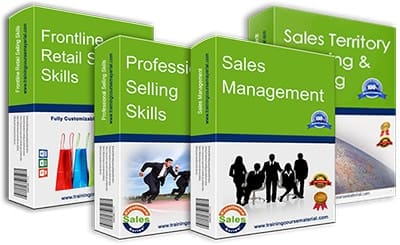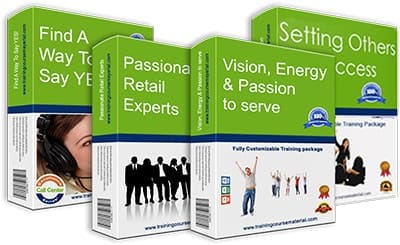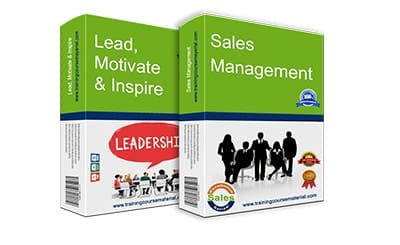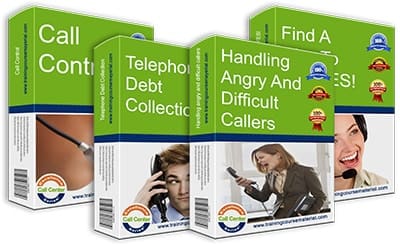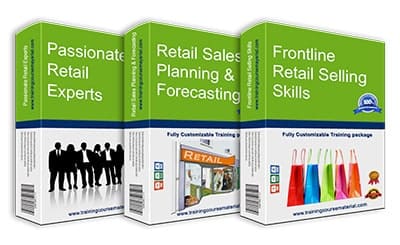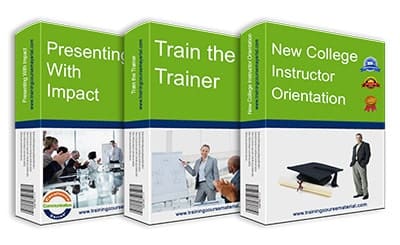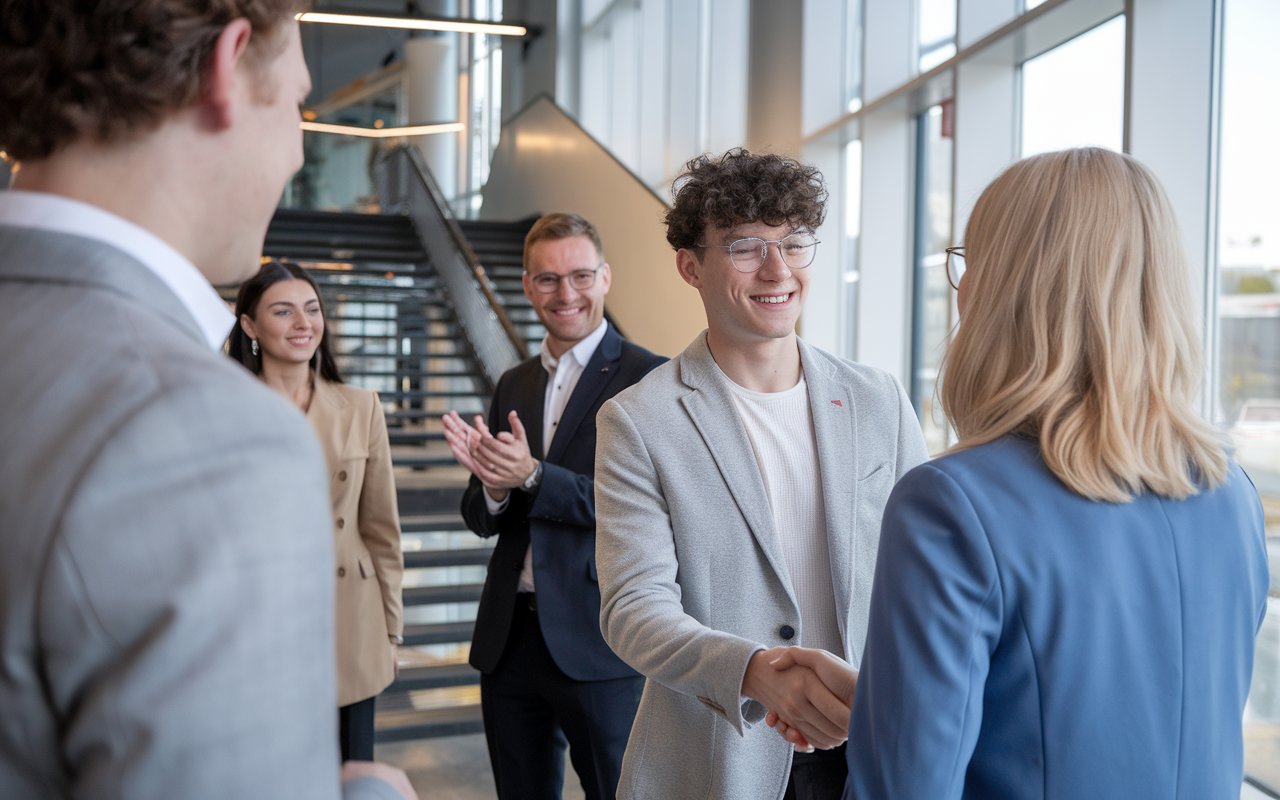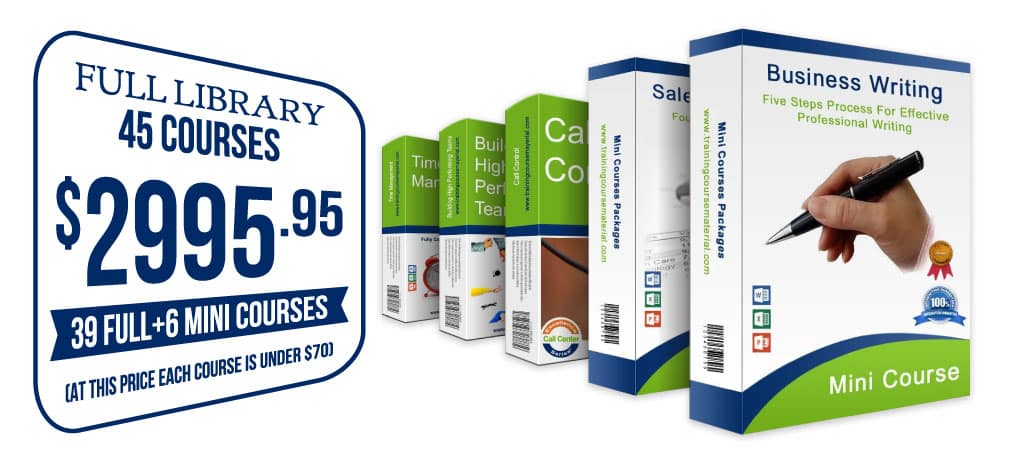What happens when they leave the classroom?
A lot of leg work goes into classroom learning. Lesson plans, the development of training materials, assessments and beyond all go into creating a course that allows students to absorb knowledge.
But what happens when they leave the classroom?
Often, teachers and learners can get so caught up on getting results on the spot that they forget the end goal.
Whatever is being learned needs to be applied in ‘real life’ to truly be defined as learning.
This is called ‘transfer of learning’.
Transfer of learning happens beyond original learning. It’s when your students can effectively apply what they have learned in your classroom to other situations, be that in a different lesson, at home, or in the workplace.
Do your learners do this? Or do you fear that, once the day is over and done, all of that hard won knowledge begins to seep away, and you are powerless to stop it?
Or maybe you don’t think about it at all.
When we assume that the transfer of learning will happen automatically, as if by magic, we are failing to achieve the core goal that we set out in the first place.
So what actions can you take to encourage the transfer?
Make the most of the initial learning experience
The first step in encouraging transfer to occur is to ensure that your students have a solid understanding of the concepts in the first place.
A child may be able to memorise the alphabet through singing it, but beyond that they are unable to apply its use without understanding what it represents.
A way to really maximise the initial learning experience, and encourage effective transfer is to apply cooperative learning techniques in the classroom. This can take the form of whole class discussions or debates between small groups of learners, that will solidify concepts and allow students to absorb information from different viewpoints.
Another useful way to apply cooperative learning is to engage in ‘reciprocal teaching’, where your students give each other explanations of the concepts that have learned, or articulate them in an alternative way. This then moves away from the memorisation part of learning and sees them achieving a higher level of knowledge beyond rote learning.
Building on Existing Knowledge
Another strategy for effective transfer is to use the learner’s prior knowledge as a foundation upon which to teach them other concepts.
This means taking familiar situations or contexts and relating your lesson to them.
When your students can connect the learning objectives, and consequently the knowledge, to situations personal to themselves, they are more likely to assimilate them into their long-term memory bank and apply them to later situations.
The Practice-Feedback Cycle
Feedback is critical to your learners. Constructive criticism from peers and teachers can help learners to refine the application of their learning and create more opportunities for transfer to occur further down the line.
This means, rather than working to one large test or practical assessment, students participate in smaller activities multiple times. In these situations, time is given to receive feedback and allow learners to revise their technique and achieve a deeper level of understanding of what they’re continuing to learn.
The Power of Words
It’s tempting to have your learners write down the learning objectives at the beginning of the lesson and at the end revisit these and confirm whether they have been reached or not.
But why not try shaking things up?
Instead of giving them a copy of learning objectives to constantly refer back to, display these frequently throughout the lesson. Then, at the end have your students write down, in their own words, the learning objectives they have achieved.
When they can put this into their own words (also known as ‘self-explanation’ they are more likely to be able to identify any incorrect assumptions they have made, and in future be able to recall the information in a more natural, personalised vocabulary.
In other words, what they have learned will stick!
Transfer is a complex thing, and there are a number of ways in which you can encourage it in your lessons to great effect. It’s important to remember that the end goal of each lesson is not that your learners could pass a test by regurgitating the information you’ve given them, but that they can take that knowledge and apply it to real world situations.
That’s how you know you’re delivering second to none training.

